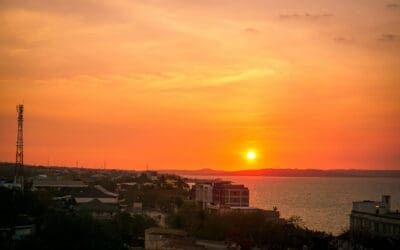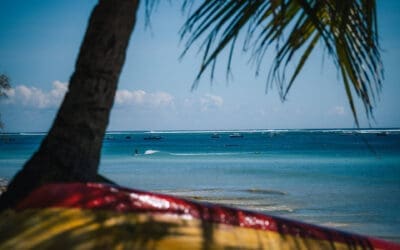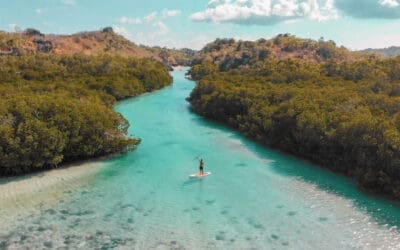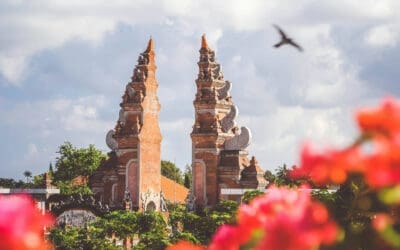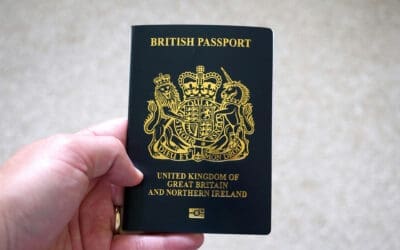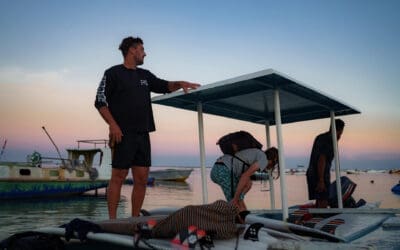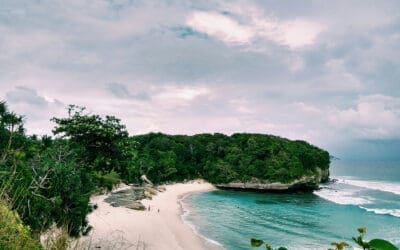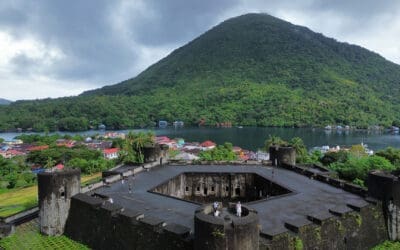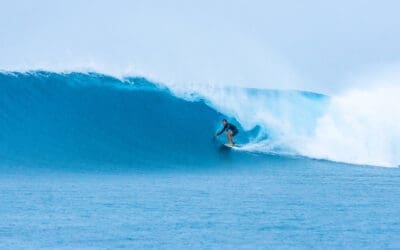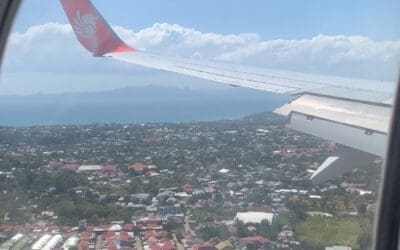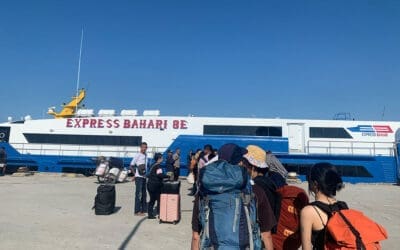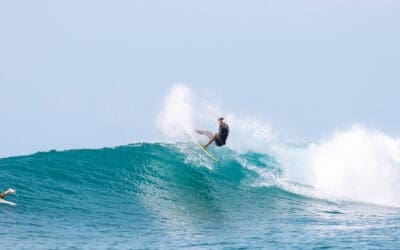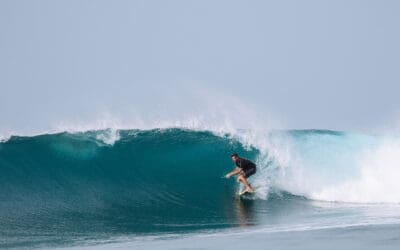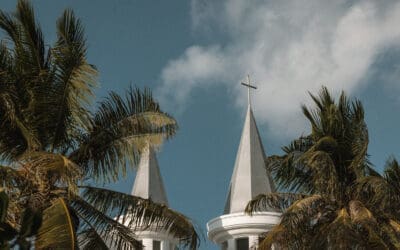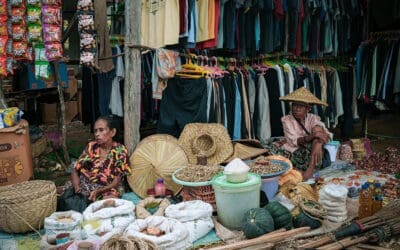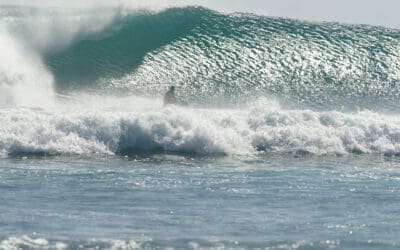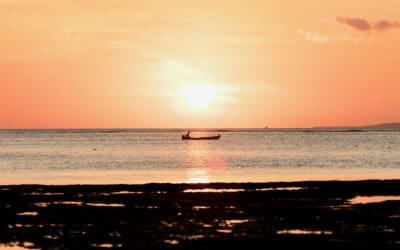Kupang, located on the southwestern tip of Timor Island, is a stop that everyone heading to Rote will make on their journey, and when your next stop is the dreamy island of Rote, this layover can seem rather inconvenient.
At first glance through the windows of your taxi ride ride from Kupang airport to your hotel, it might not seem like much. But as the capital of East Nusa Tenggara, Kupang offers a rich tapestry of historical significance, cultural traditions, and surrounding natural beauty that make it worth exploring.
Now let’s just say it’s probably not going to win any sort of city of the year awards and it might not be to everyones taste, but whether you’re fascinated by its colonial past, mesmerized by its stunning far from the trodden path beaches, intrigued by its unique connection to Australia or wondering where you can find a complete blue whale skeleton, Kupang has something to surprise everyone.
Kupang is the largest city in West Timor, with a population of over 466,000, making it a key urban and economic hub in the region.
Its strategic location has made it a pivotal player in regional trade, and its modernizing infrastructure blends with the city’s historic and cultural roots.
Where is Kupang?
Kupang is located at approximately 10.1789° S latitude and 123.5830° E longitude on the southwestern coast of Timor Island in Indonesia.
It is situated along the Timor Sea, and is approximately only 510 kilometers northwest of Darwin.
The city lies in the southern hemisphere within the Eastern Indonesian Time Zone (UTC+9) and is part of the Nusa Tenggara archipelago, which spans eastward from Bali.
Positioned within the Lesser Sunda Islands chain, Kupang serves as the provincial capital of East Nusa Tenggara and acts as a key maritime entry point for Indonesia from Australia.
Timor Island and Kupang: Historical Overview
Kupang has a long and complex history, shaped by Portuguese and Dutch colonial rule, World War II, and Indonesia’s own journey to independence.
Kupang’s history as a colonial hub dates back to the early 17th century when the Dutch East India Company established control over the region by defeating the Portuguese forces.
The city became an essential stop for European maritime trade, particularly in the lucrative spice trade, making it a focal point for colonial powers.
Pre-Colonial Era
Before 16th Century: Timor was divided among local tribes and kingdoms, each with its own leadership. Kupang was ruled by local chieftains, with strong influence from indigenous traditions and trade with neighboring islands.
16th Century – Arrival of European Powers
1520s: The Portuguese arrive on Timor and begin establishing trading posts, mainly to trade sandalwood, which was highly valuable in Asia and Europe.
1613: Dutch East India Company (VOC) gains control of parts of Timor, including Kupang. The VOC constructs Fort Concordia in Kupang to establish Dutch authority and fend off the Portuguese.
1641: The Dutch defeat the Portuguese forces in Kupang, solidifying their control over the region. Kupang becomes the primary Dutch stronghold in West Timor, while the Portuguese retain control of the eastern part of the island (now Timor-Leste).
19th Century – Colonial Growth and Conflicts
1812–1815: During the Napoleonic Wars, Kupang is briefly occupied by the British, but is returned to Dutch control after the defeat of Napoleon. Kupang grows as a colonial trading post during this period.
1825: Kupang becomes a significant administrative and military hub under the Dutch, leading to the development of foreign trade routes and increased European presence on the island.
World War II (1939–1945)
1942: During World War II, Kupang becomes a strategic hub for the Allied forces and a refueling stop for long-haul flights between Europe and Australia. The city’s airstrip (later named El Tari Airstrip) is used for military purposes.
1942: Japanese forces invade Timor, including Kupang, and occupy the island for much of the war. Kupang suffers damage from bombings and military operations during the Japanese occupation.
Post-War Independence and Decolonization (1945–1950)
1945: Following World War II, Indonesia declares independence from the Dutch after almost 350 years of Dutch rule. Kupang, as part of West Timor, becomes integrated into the newly formed Republic of Indonesia.
1950: The Dutch formally transfer control of Timor’s western half, including Kupang, to the Indonesian government, marking the official end of colonial rule in the region.
1975–1999 – Timor-Leste Conflict
1975: The eastern part of Timor declares independence from Portugal, leading to an invasion by Indonesia and the annexation of East Timor as a province. Although the conflict mainly affects East Timor, it has a regional impact on the entire island, including Kupang, as Indonesian forces use the city for military logistics.
1999: Following years of conflict and international pressure, East Timor (Timor-Leste) votes for independence from Indonesia, leading to its separation in 2002. Kupang remains a part of Indonesia, while the eastern half of the island becomes the independent state of Timor-Leste.
Modern Era (2000–Present)
2000s: Kupang continues to develop as the capital of East Nusa Tenggara, with infrastructure improvements and increased investment. The city’s El Tari International Airport expands to handle increased passenger traffic.
2003–Present: Kupang becomes a popular destination for yachts participating in the annual Sail Indonesia event, marking the city’s growing reputation in the maritime and tourism sectors.
2020s: Kupang plays a crucial role in the Timor Leste–Indonesia–Australia Growth Triangle, a free trade zone aimed at boosting economic cooperation in the region. The city’s port and industries expand to meet the demands of this growth triangle.
Kupang’s Role in Sail Indonesia
Kupang is famous among sailors, as the first Indonesian port of entry for participants in the annual Sail Indonesia event. Each year, hundreds of yachts make the journey from Darwin, Australia, across the seas to the first mile marker in Kupang. This event recalls the city’s historical prominence in regional maritime activities.
Natural Attractions: Beaches, Waterfalls, and Hidden Gems
While the city itself offers little in the way of natural attractions, Kupang’s surrounding natural beauty is one of its greatest draws, with pristine beaches, cascading waterfalls, and hidden caves just beyond the city boundaries waiting to be discovered. Here are some highlights:
Best Beaches in Kupang
Lasiana Beach
This popular beach is perfect for swimming, lounging, and soaking in the tropical atmosphere. Surrounded by palm trees and offering calm waters, Lasiana Beach is a favorite for both locals and tourists looking to unwind.
Tablolong Beach
Located 25 km from the city, Tablolong Beach offers amazing ocean views, fine white sand, and is known for its breathtaking sunsets. It’s also a hotspot for kite surfing and offers a more tranquil experience compared to the busier city beaches.
Waterfalls and Caves
Oenesu Waterfall
This beautiful, multi-tiered waterfall is a hidden oasis. Located in a peaceful farming village, Oenesu offers refreshing pools perfect for a swim and a great escape from the heat. The tranquil surroundings make it an ideal spot for those looking for a serene getaway.
Crystal Cave (Gua Kristal)
Hidden beneath the surface, Crystal Cave is a natural wonder. This underground lagoon boasts crystal-clear waters, providing a magical caving experience. Visitors will need to bring a flashlight to navigate the cave’s dark interior and enjoy the pristine waters.
Cultural and Historical Highlights
Kupang isn’t just about natural beauty—it’s also a treasure trove of cultural experiences. From historic landmarks to traditional villages, Kupang offers unique insights into the history and traditions of West Timor.
Traditional Villages
A short trip from Kupang will bring you to traditional Timorese villages, where you can witness indigenous customs and craftsmanship. One of the highlights is the production of tenun ikat, a beautifully hand-woven fabric adorned with intricate patterns. These textiles are a point of pride for the Timorese people, reflecting their deep-rooted traditions.
Sasando Music
If you have the chance, listen to the unique sound of the sasando, a traditional stringed instrument made from bamboo. The haunting melodies of the sasando offer a glimpse into the rich musical heritage of the region.
Museum Daerah
Kupang’s regional museum houses an array of fascinating artifacts, including stone tools, skulls, and even a blue whale skeleton. It’s the perfect place to learn about the history and culture of West Timor.
Kupang’s Economic Role
Kupang is not only a cultural hub but also an economic powerhouse in East Nusa Tenggara. Its proximity to Australia has made it a key player in regional trade, with industries such as cement production and construction driving the economy forward.
Kupang’s location as the first port of entry for ships and yachts from Australia gives it strategic importance.
The Timor Leste–Indonesia–Australia Growth Triangle free trade zone has further enhanced Kupang’s role in regional trade, attracting investment and economic growth.
How to Get To Kupang
Kupang is an ideal base for travelers looking to explore West Timor and other nearby islands. Whether you’re heading to Rote Island for the waves or venturing to the remote Semau Island for an off-the-beaten-path experience, Kupang serves as a convenient and fascinating launch point.
How to Get to Kupang
- By Plane: Kupang is accessible via the El Tari International Airport, which connects to major cities across Indonesia such as Jakarta, Bali, and Surabaya. The airport itself holds historical significance, having been originally named Penfui and surrounded by cornfields in the early 20th century.
- By Ferry: If you’re traveling from nearby islands, ferries are available to Kupang from Flores, Sumba, and other parts of East Nusa Tenggara. There is even a “cruise” ship that runs between Jakarta and Kupang.
Final Thoughts
Kupang is more than just a layover on your way to Rote Island—it’s a destination that blends history, culture, and natural beauty. From the hidden waterfalls to the rich colonial history, Kupang offers a wealth of experiences for every traveler. Next time you find yourself in Kupang, take a moment to explore and discover the many treasures this city has to offer.


